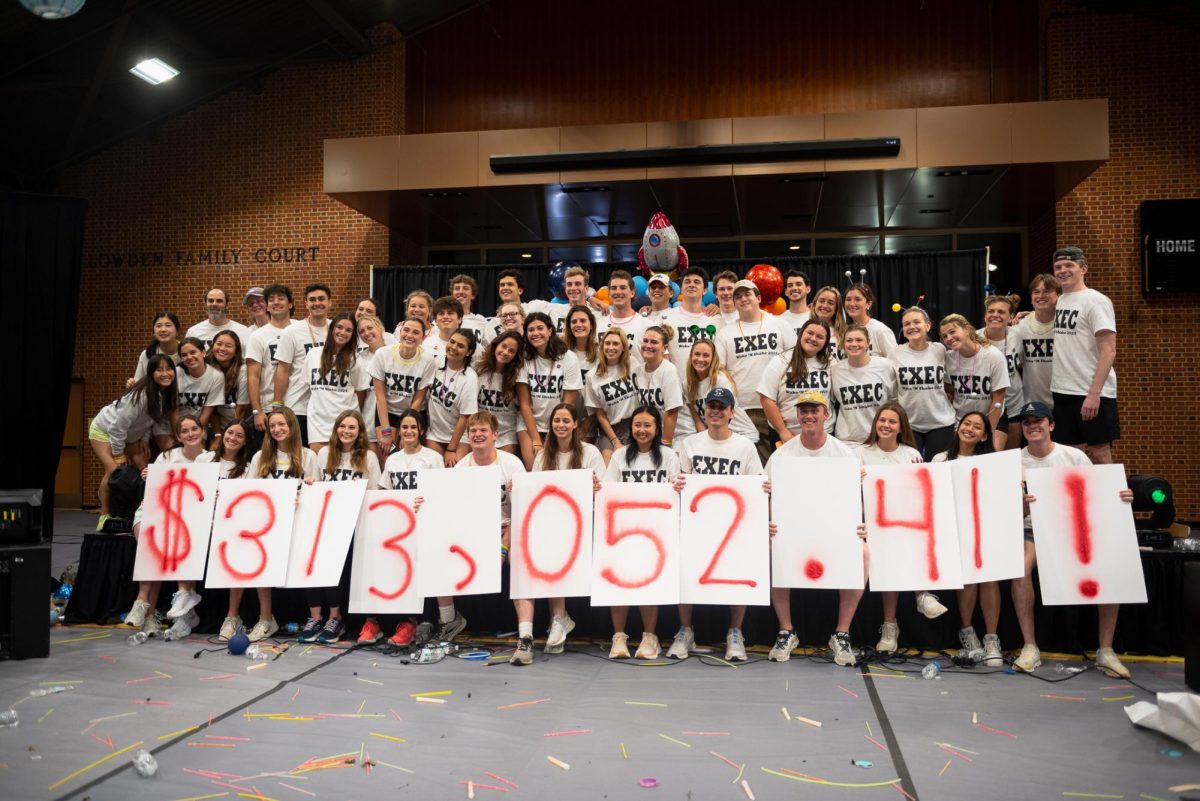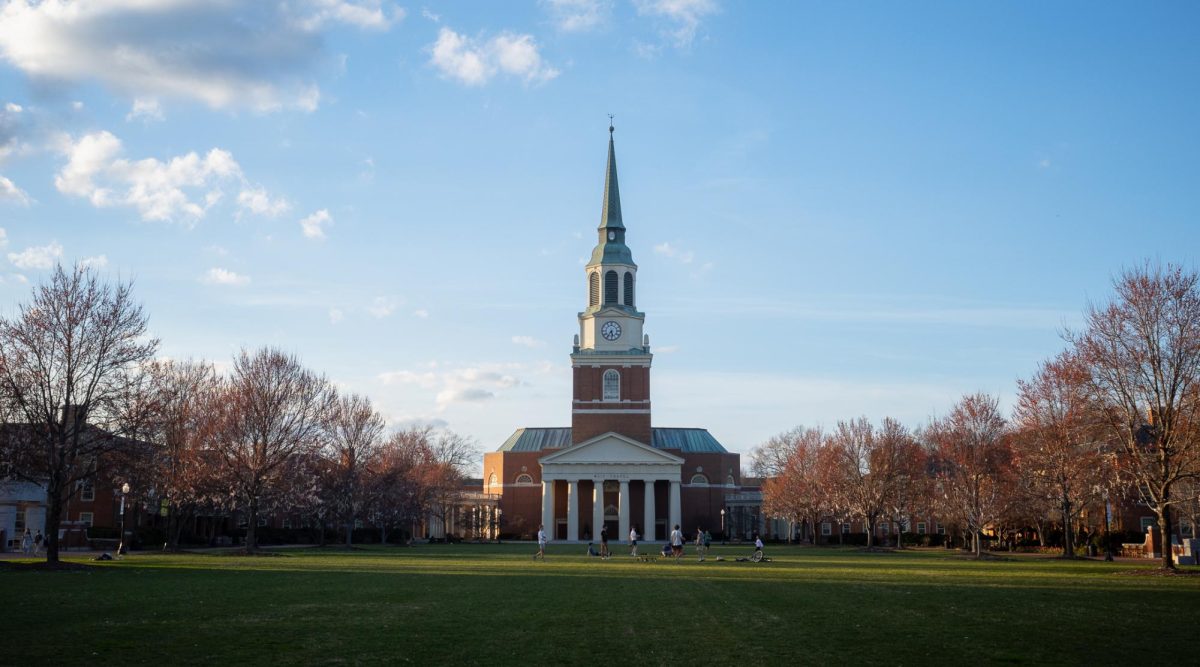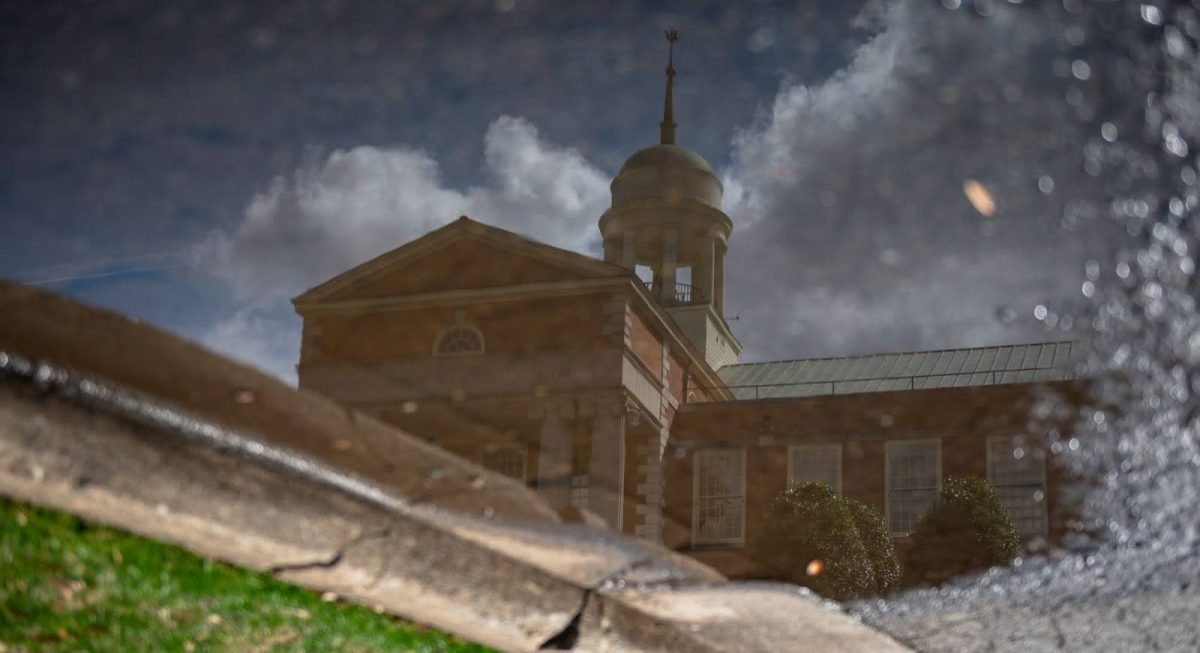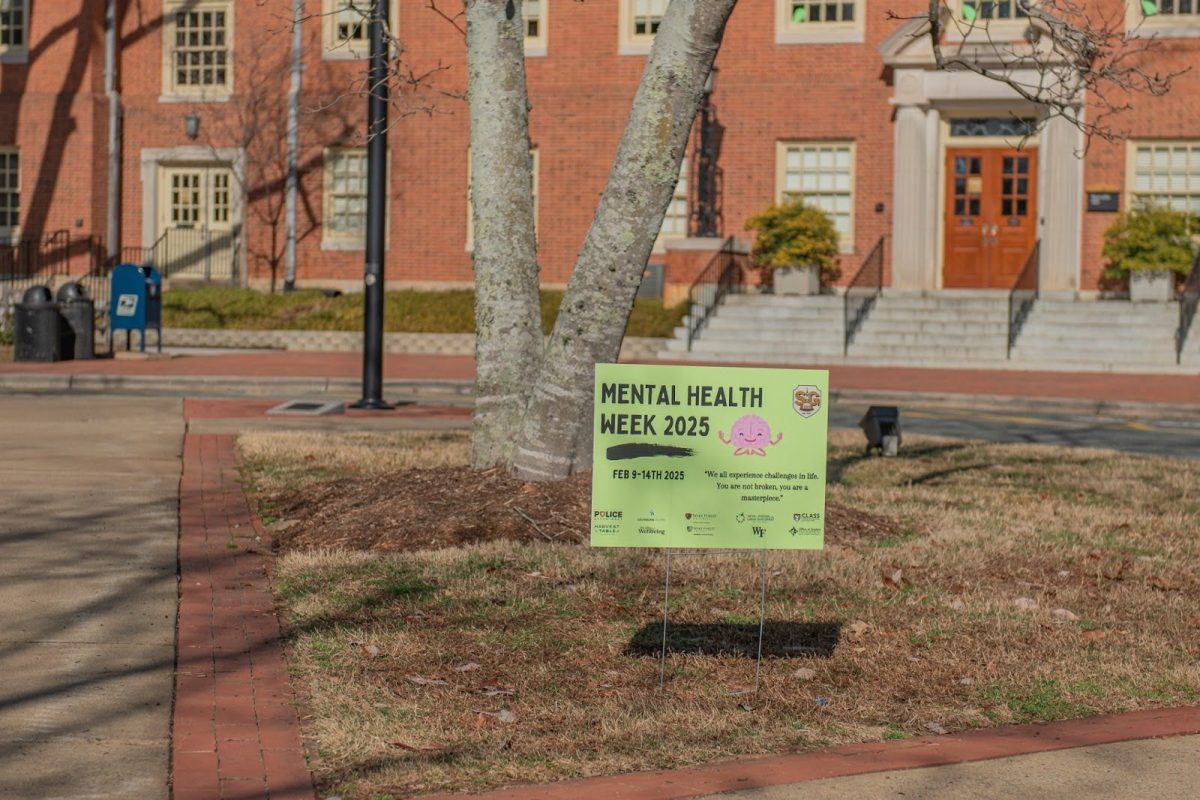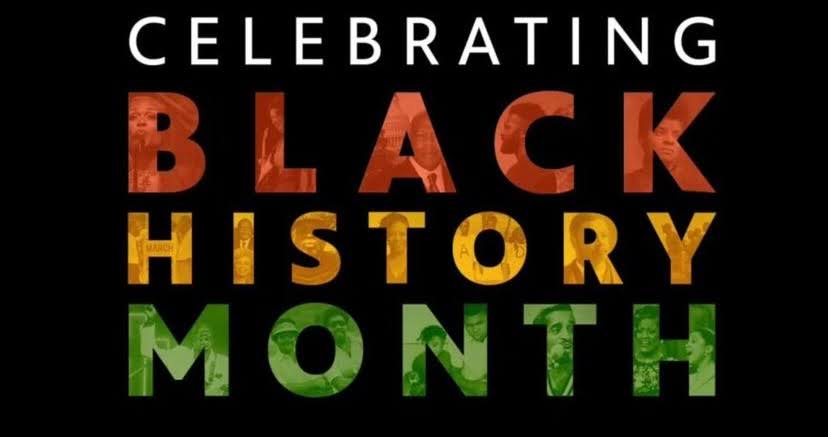Earlier this month, a new solo exhibition entitled Sicko opened at the START Gallery in Reynolda Village, which is dedicated to showing student artwork.
The exhibition, a part of the gallery’s STARTyourself program, showcases senior Studio Art and Philosophy double-major Sarah Lewiecki’s multimedia works. In addition to showcasing a student’s work, the exhibition was curated by another student, senior Art History major Andy Rosenwald.
The Old Gold & Black discussed Sicko with them, the meaning behind the exhibition and the dynamic relationship between artist and curator.
How did you two decide to work together on this project?
Rosenwald: We decided to work together on this endeavor last spring. I wanted to test all the knowledge I acquired from past internships and experiences I’ve had in gallery spaces and museums.
Lewiecki: The project as a whole began rather organically. We had always talked about doing a show together and when the opportunity at the START Gallery came up, the timing was perfect. I was beginning a new body of work and Andy was already familiar with my goals. It was bound to happen.
What was it like working together?
R: It’s really a fascinating relationship Sarah and I have. Our friendship is very symbiotic and we both get a lot out of working together. I get to work with an artist who thinks on a plane of consciousness unlike anyone I’ve ever encountered and she gets honest and poignant feedback from someone who understands her ideology better than anyone else.
L: Andy and I are constantly having fantastically abstract conversations about art, art history and art theory. Working with someone who knows so much about the playing field is really a huge advantage. We talk thoroughly through ideas and are highly critical of each other. It’s great.
How would each of you describe the relationship between an artist and a curator?
R: If the START Gallery were a Michelin-starred restaurant, Sarah would be the chef and I’d plate the meals; I give her work context.
L: Establishing context is detrimental to a show. It is much more involved than simply ‘meal-plating’ and it goes far beyond arranging artworks on a wall. Regular, honest and critical feedback sessions are a huge part of the process we adopted for putting on this show. We met every day leading up to the opening to talk about the content behind the work and the core ideas explored through the various materials.
In your own words, describe the exhibition.
R: This show stretches into the void of millennial disillusionment. In this era of extreme vanity, meme culture and the 24-hour news cycle, we become desensitized to the unique aspects of every human life. To combat this feigning individualism within our humanity, Sarah uses her own voice as a representative of those who are left behind and overshadowed by domineering social conditions.
L: The exhibition celebrates and deconstructs a variety of materials which share deeply superficial qualities. That sounds backwards. It’s supposed to be sort of a paradox. The objects, paintings and media create an environment within the gallery space. There is a great deal of femininity present, manifesting visually through color and imagery. And at the same time, there is ugliness, visceral confrontations towards the human body and explicit references to gender issues and sexuality. I exaggerate my worldview to communicate the intricate dimensionality of girlhood and womanhood in our fast-paced, capitalist sociality.
What do you hope that people will walk away with or feeling after seeing Sicko?
R: A greater understanding of self in society and perhaps feeling the allure of becoming a malcontent.
L: I hope that viewers recognize my position, whether or not they agree with it.
Describe your favorite piece in the exhibition.
R: Sarah’s shrine to process; it is a direct view into her state of mind preparing for this show. This collage epitomizes the fractured nature of her internal self. The appropriation of popular culture images digs into her vision of the commercialized world she experiences, a sentiment I think she shares with many people.
L: I do not have a favorite because in my eyes all of the work needs improvement, refinement and more depth. The video piece was the most challenging to execute, which makes it resonate the most with me compared to the other pieces. But still, there are no winners.
Andy, what do you think being a curator is about?
R: It’s all about giving a platform with informed context for the artist to synthesize their message and display it in the most powerful way possible — in whatever manner it may manifests itself.
Sarah, how would you characterize your artistic style?
L: Raw, visceral and subversively girly. I am highly in-tune with certain aesthetics, most of which derive from a critical study of social media. The color pink shows up just as much as the words ‘sad,’ ‘eve’ and ‘dead.’ If you are reading this and you are a millennial familiar with Tumblr trends circa 2012, you know what I am talking about. If you are unfamiliar with that reference, different aesthetics will read more clearly through the work, perhaps, for example, the imagery I borrow from Catholicism and Jungian philosophy.
Andy, what do you like about being a curator?
R: Getting to work with creative types. I feel as if I also have the creative gene, like Sarah’s, but it works in a much different manner. It’s not inherent; it has come from a much more analytical part of my brain. Curating gives me the opportunity to use that creative analysis to organize and facilitate the artistic message of others.
Sarah, what is your favorite medium to work with and why?
L: Again, I cannot categorize my preferences in terms of “favorites” but I will say that I am most experienced in oil painting and most intrigued by video. I am eager to learn more about digital mediums but I am not willing to sacrifice physically demanding projects. Exploring media horizontally and vertically at the same time is not exactly a sustainable mode of art-marking for the long term, but it makes sense for students at this level.
What do you wish that people knew about the artistic/curatorial process or about art in general?
R: That the relationship between the curator and artist is a partnership, a give and take. It is rarely one-sided. Every time it seems as if one side has more power than the other, the voice of the other is ever-present and cannot be discounted.
L: Art is about pushing and pulling ideas while exploring specific modes of expression. There is rarely an answer but most of the time, at least in successful artwork, there is a strong argument.
What do you plan to do after graduation?
R: Move to New York and begin my journey in the world of contemporary art. I want to work as closely with artists as I can — on the frontlines, not the back offices.






